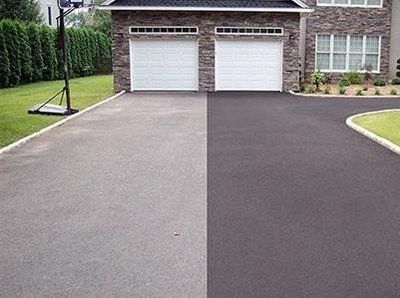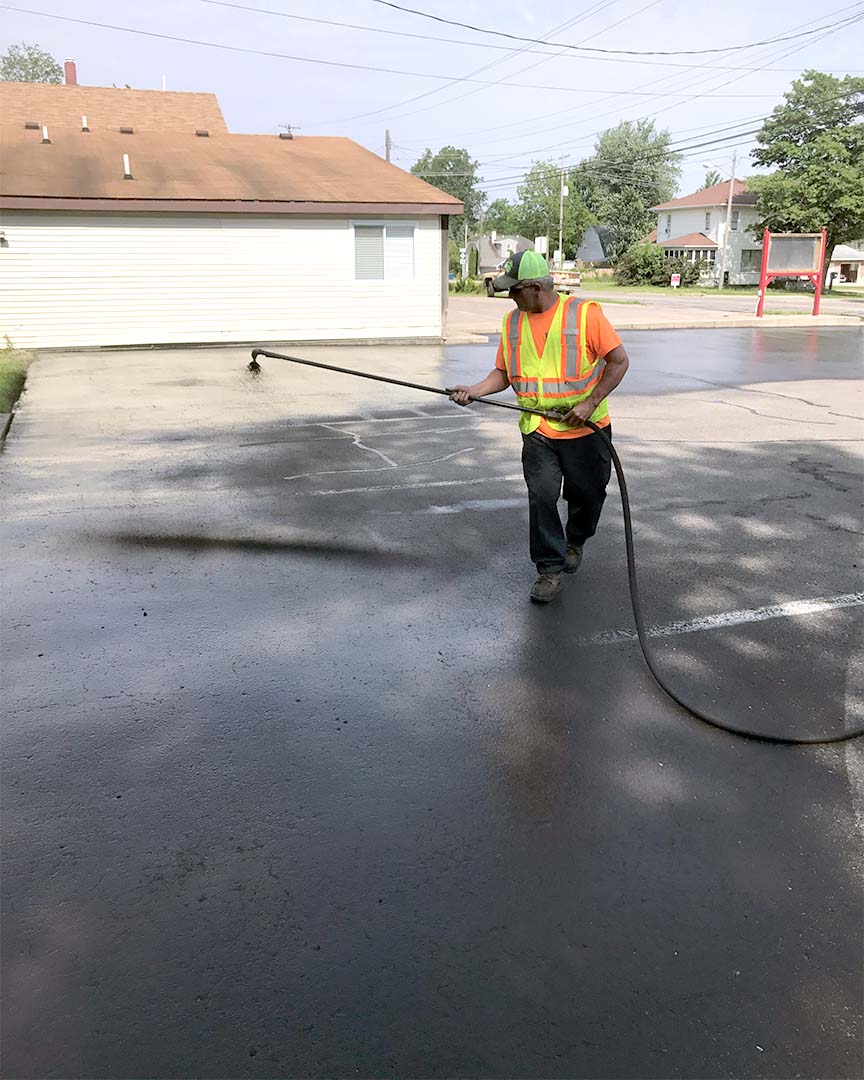Hot Mix Asphalt: A Sustainable Option for Pavement
Hot Mix Asphalt (HMA) has arised as a leading lasting choice for pavement options, providing a myriad of ecological advantages and ingenious technologies. As the need for eco-friendly construction practices grows, discovering the subtleties of HMA's sustainability can give important understandings right into the future of pavement options.
Environmental Advantages of Hot Mix Asphalt

Furthermore, Warm Mix Asphalt helps to reduce urban warmth island impacts. Its dark color absorbs sunshine, decreasing the amount of warm reflected back into the environment contrasted to lighter-colored sidewalks. This can decrease ambient temperatures in city areas, lowering the need for a/c and eventually minimizing power intake.
Furthermore, Hot Mix Asphalt contributes to boosted stormwater administration. Its permeable nature enables water to infiltrate the sidewalk and reenergize groundwater materials, minimizing runoff and the risk of flooding. These ecological advantages make Warm Mix Asphalt a sustainable selection for leading highways and roads.
Energy Performance in HMA Production
Is power performance an essential consider the manufacturing of Warm Mix Asphalt (HMA)? Absolutely. Energy plays a considerable role in the production of HMA, affecting both cost and ecological sustainability. One key facet of energy effectiveness in HMA manufacturing is using warm mix asphalt (WMA) technologies (regrading). WMA permits the mixing and placement of asphalt at lower temperature levels contrasted to standard warm mix asphalt, causing minimized energy usage during manufacturing. This process not only lowers gas use but also decreases greenhouse gas exhausts, making it an extra eco pleasant alternative.
Additionally, innovations in plant modern technologies have led to more energy-efficient HMA production processes. By maximizing power use in HMA production, the sector can lower its carbon impact while keeping high-grade sidewalk materials.
Recyclability of Hot Mix Asphalt
The recyclability of Hot Mix Asphalt (HMA) is a critical aspect of its sustainability and long-term environmental impact. HMA is among one of the most recycled materials in the United States, with over 100 million lots of redeemed asphalt pavement (RAP) being reused every year in new pavement building. Recycling HMA offers several environmental benefits, such as lowering the requirement for virgin materials, reducing energy consumption during production, and decreasing the amount of waste sent to land fills.
The process of reusing HMA involves crushing the existing pavement, squashing it right into smaller items, and blending it with brand-new accumulation and asphalt binder to produce a recycled mix. Overall, the recyclability of HMA plays a substantial role in promoting sustainable techniques within the pavement market.

Long-Term Efficiency of HMA
Asphalt pavements show longevity and resilience over an extended duration, showing the long-lasting efficiency of Hot Mix Asphalt (HMA) The longevity of HMA can be connected to its ability to stand up to rush hour lots, rough climate condition, and the effects of aging. Studies have actually revealed that properly designed and appropriately created HMA pavements can last for two decades or even more with normal maintenance. The trick to optimizing the lasting performance of HMA hinges on using top notch materials, following ideal methods in building and construction, and carrying out reliable maintenance methods. Appropriate drain, regular assessments, and timely fixings are crucial for maintaining the structural integrity of HMA pavements over time. Additionally, advancements in HMA modern technology, such as using polymer-modified binders and warm mix asphalt, have actually additionally improved the sturdiness and longevity of HMA sidewalks. By prioritizing quality construction and upkeep techniques, HMA continues to confirm itself as a affordable and lasting service for long-lasting sidewalk infrastructure.

HMA: Toughness and Sustainability
Demonstrating both durability and sustainability, Hot Mix Asphalt (HMA) has come to be a foundation in the construction of resilient pavement frameworks - angled parking. HMA's resilience originates from its capability to withstand heavy lots, extreme climate condition, and high web traffic quantities, making it a reputable selection for streets, freeways, and airport paths. The composition of HMA, which commonly includes aggregates, binder, and filler, plays an essential function in enhancing its long life and resistance to wear and tear
In addition, HMA's sustainability lies in its recyclability and energy-efficient manufacturing procedure. The capability to reuse redeemed asphalt sidewalk (RAP) in new HMA mixes lowers her explanation the demand for virgin materials and minimizes the ecological impact of pavement building and maintenance. Furthermore, the energy effectiveness of generating HMA hinges on its reduced mixing temperature levels contrasted to various other pavement materials, causing decreased energy consumption and greenhouse gas exhausts.
Conclusion
In verdict, hot mix asphalt (HMA) uses a lasting remedy for sidewalk with its eco-friendly characteristics. HMA's recyclability, energy efficiency in production, and long-term sturdiness make it an eco-friendly choice for roadway building and construction. By preserving all-natural sources, lowering waste, and lowering greenhouse gas discharges, HMA plays a vital function in advertising sustainability in facilities advancement. Its ability to reduce metropolitan warm island effects further underscores its importance in developing resilient and eco aware sidewalk systems.
HMA is one of the most recycled materials in the United States, with over 100 million tons of redeemed asphalt pavement (RAP) being recycled every year in new pavement building and construction.The procedure of recycling HMA entails milling the existing sidewalk, crushing it right into smaller sized pieces, and blending it with new aggregate and asphalt binder to produce a recycled mix.Asphalt pavements show resilience and resilience over a prolonged period, showing the long-term efficiency of Hot Mix Asphalt (HMA) Furthermore, improvements in HMA technology, such as the usage of you can check here polymer-modified binders and cozy mix asphalt, have additionally enhanced the resilience and durability of HMA sidewalks. The ability to reuse reclaimed asphalt pavement (RAP) in brand-new HMA mixes minimizes the demand for virgin products and reduces the ecological effect of sites sidewalk building and upkeep.